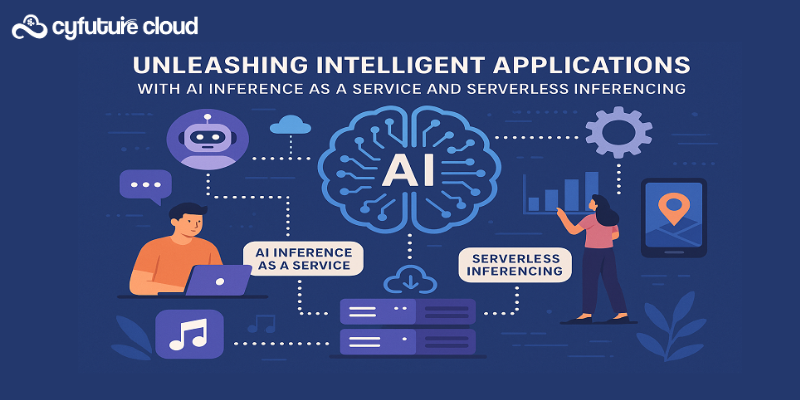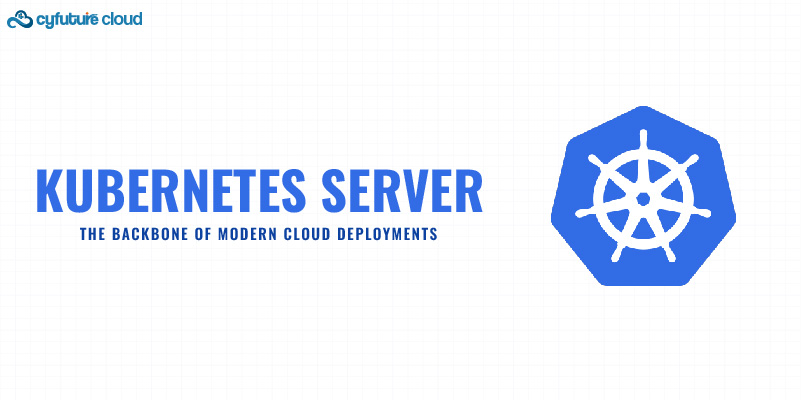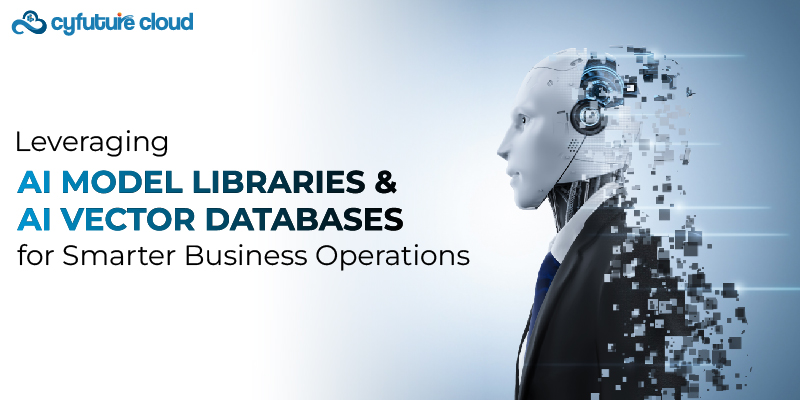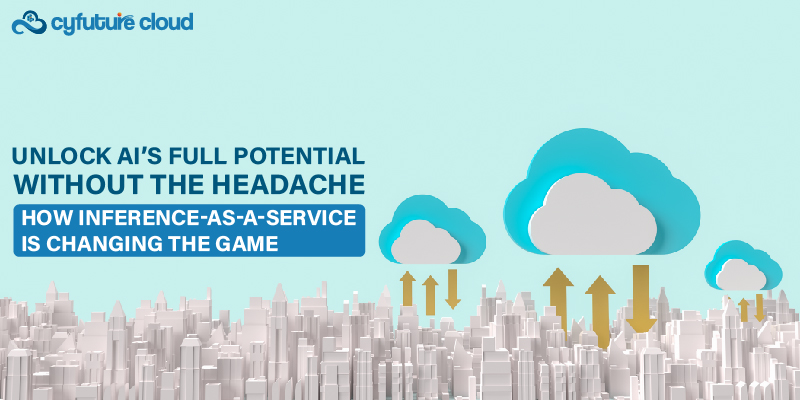Table of Contents
Containers have emerged as indispensable components for hosting and managing applications. Leveraging these containers has empowered companies to enhance their efficiency and adaptability in application deployment, thereby bolstering their competitiveness in the market.
The landscape of application development and deployment has been profoundly transformed by orchestration tools such as Kubernetes. They have liberated developers to concentrate fully on software creation, catalyzing a paradigm shift facilitated by containers. Presently, containers stand as pivotal assets in application hosting and management, steadily gaining prominence in the technology realm. Their integration has enabled companies to achieve enhanced operational efficiency and agility in deploying applications, thus elevating their competitive edge in the market.
Kubernetes has risen to prominence as the primary platform for orchestrating containers, with a growing number of organizations adopting it for their production environments. While Kubernetes brings forth numerous advantages, it also introduces novel challenges and risks. Indeed, like any technology, Kubernetes is susceptible to disasters, data loss, downtime, and infrastructure failures. Consequently, recognizing the imperative of backup and disaster recovery planning (DRP) for Kubernetes clusters is paramount.
To commence, we will elucidate the criticality of backup and DRP for Kubernetes clusters, akin to other cluster types. We will delve into the implementation of a robust backup and DRP strategy, along with key best practices for sustaining a robust Kubernetes ecosystem. Subsequently, we will explore how infrastructure as code (IAC) can streamline DRP efforts and underscore the suitability of Veeam Backup as an ideal tool for safeguarding Kubernetes cluster data.
Why Backup and DRP are Critical for Kubernetes Clusters?
Kubernetes clusters represent intricate systems comprising multiple components and layers, including nodes, pods, services, and more. These elements are distributed across various hosts, rendering them susceptible to potential failures or errors stemming from hardware or software issues, human oversight, or even cyber threats. When any of these components encounters a malfunction, it can precipitate adverse outcomes such as data loss, operational downtime, or diminished performance.
- To avert these perils and sustain uninterrupted business operations, the implementation of a backup and Disaster Recovery Plan (DRP) for your Kubernetes clusters is of paramount importance. Below are some compelling rationales for this imperative:
- Data Safeguarding: Kubernetes houses critical data, encompassing application configurations, persistent volumes, and stateful sets, within its etcd store. Backup mechanisms serve as safeguards to ensure the protection of this vital data in the event of a component failure or system outage.
- Disaster Recovery: In the event of a catastrophe or system outage, a well-structured DRP becomes instrumental in facilitating the swift recovery of your data and applications, thereby minimizing downtime and restoring normalcy.
- Compliance Adherence: Numerous industries and regulatory frameworks, including GDPR, necessitate the establishment of a DRP to shield sensitive data and uphold continuous business operations. Compliance with such mandates is contingent upon a robust backup and DRP strategy.
- Risk Mitigation: A comprehensive backup and DRP plan serves as a proactive tool for identifying potential vulnerabilities and risks inherent to your Kubernetes environment. This, in turn, empowers you to take preemptive measures to mitigate these threats, enhancing overall risk management.
Incorporating these strategies into your Kubernetes ecosystem not only fortifies its resilience but also aligns your operations with regulatory standards and bolsters your readiness to confront unforeseen contingencies.
How to Implement a Backup and DRP Strategy for Kubernetes Clusters?
The implementation of a backup and Disaster Recovery Plan (DRP) strategy for Kubernetes clusters encompasses a series of steps, including:
- Define Your Requirements: Begin by outlining your specific backup and DRP prerequisites. This entails identifying critical data, pivotal applications, recovery time objectives (RTOs), recovery point objectives (RPOs), and any compliance obligations that pertain to your Kubernetes environment.
- Select a Suitable Solution: Survey the array of backup and DRP solutions available for Kubernetes, such as Velero, Kubernetes Disaster Recovery (KDR), Kasten, and Stash. Opt for a solution that aligns with your requirements and seamlessly integrates with your Cloud environment. This could involve leveraging services like Cyfuture Cloud S3 object storage to ensure comprehensive interoperability and resilience. Ensure compatibility with your existing tools and workflows.
- Configure and Validate: Proceed to configure your chosen backup and DRP solution, followed by rigorous testing to validate its effectiveness in adhering to your defined RTOs and RPOs. Maintain a practice of periodic validation and updates to the plan, accommodating shifts in your Kubernetes environment.
- Documentation and Training: Thoroughly document your backup and DRP plan, ensuring clarity and accessibility for all team members. Conduct regular training sessions to acquaint your team with the plan’s execution in the event of a disaster or system outage. Periodically review and update the plan to accommodate changes in your Kubernetes ecosystem or evolving compliance requirements.
By following these steps diligently, you fortify the resilience of your Kubernetes infrastructure and ensure that your team is well-prepared to respond effectively to unforeseen challenges, safeguarding the continuity of your operations.
Infrastructure as Code (IaC) to Facilitate DRP
Infrastructure as Code (IAC) represents a methodology that harnesses code to automate the provisioning, configuration, and administration of infrastructure.
Within the IAC framework, you can define your Kubernetes environment as code, employing tools such as Terraform, Ansible, or Helm. This code can be subject to version control, meticulous testing, and comprehensive auditing, rendering the Kubernetes environment easier to uphold, duplicate, and restore in the event of a catastrophe or system disruption.
IAC significantly streamlines Disaster Recovery Planning (DRP) by offering a consistent, repeatable, and scalable mechanism for deploying and configuring your Kubernetes setup. With IAC, the reconstruction of your Kubernetes environment from scratch becomes a straightforward process, a capability of paramount significance in the face of a catastrophic failure.
In the context of a DRP, GitOps emerges as an especially valuable approach for managing Kubernetes infrastructure. Thanks to its unwavering adherence to consistency, reproducibility, and auditability, GitOps empowers precise control over alterations and deployments in the Kubernetes landscape. Furthermore, through the incorporation of continuous deployment practices, GitOps enhances the monitoring and updating of the Kubernetes environment, a critical aspect of ensuring service availability during incidents.
In the event of a disaster or system outage, GitOps enables the rapid restoration of the infrastructure’s previous state, capitalizing on Git’s version control functionalities. Every alteration applied to the infrastructure is meticulously versioned and documented, expediting the restoration of the prior state. Additionally, GitOps’ commitment to infrastructure uniformity diminishes the likelihood of human errors and fosters seamless collaboration between operational and development teams. Altogether, GitOps stands as an indispensable component in fortifying business continuity within the context of a DRP.
Advantages of Veeam Backup to Protect Kubernetes Cluster Data
Veeam Backup offers several advantages when it comes to protecting Kubernetes cluster data:
Comprehensive Data Protection: Veeam Backup provides a comprehensive solution for protecting Kubernetes cluster data, including application configurations, persistent volumes, and stateful sets. It ensures that all critical data within your Kubernetes environment is safeguarded.
Ease of Use: Veeam Backup is known for its user-friendly interface and straightforward setup. It simplifies the process of configuring and managing backups for Kubernetes clusters, making it accessible to both experienced and novice users.
Automated Backups: Veeam Backup can automate the backup process, allowing you to set up regular, scheduled backups of your Kubernetes data. This automation reduces the risk of human error and ensures that your data is consistently protected.
Efficient Recovery: In the event of data loss or a disaster, Veeam Backup facilitates efficient recovery of your Kubernetes cluster data. It enables you to quickly restore your applications and configurations, minimizing downtime and disruption to your operations.
Integration with Existing Infrastructure: Veeam Backup is designed to seamlessly integrate with your existing infrastructure and tools, making it a flexible choice for organizations with diverse technology stacks.
Version Control and Auditing: Veeam Backup keeps track of different versions of your backups, allowing you to roll back to a specific point in time if needed. This version control and auditing capability enhance data reliability and compliance.
Security and Encryption: Veeam Backup prioritizes data security by offering encryption options to protect your backup files. This ensures that your Kubernetes cluster data remains confidential and secure.
Scalability: Veeam Backup is scalable, which means it can adapt to the growing needs of your Kubernetes environment. Whether you have a small or large cluster, Veeam Backup can accommodate your requirements.
Monitoring and Reporting: The Cloud solution provides monitoring and reporting features, allowing you to keep track of the health and performance of your backup processes. This visibility enables proactive management and troubleshooting.
Support and Updates: Veeam is known for its robust support and regular updates, ensuring that your backup solution remains up-to-date and continues to meet the evolving demands of Kubernetes and data protection.
In summary, Veeam Backup offers a robust and user-friendly solution for protecting Kubernetes cluster data, with features such as automation, ease of use, efficient recovery, and seamless integration, making it a valuable asset for organizations seeking to ensure the availability and integrity of their Kubernetes environments.
Conclusion
As organizations increasingly rely on Kubernetes for their container orchestration needs, safeguarding the integrity, availability, and recoverability of data within these clusters becomes paramount. Veeam Backup emerges as a compelling solution for addressing these challenges.
Veeam Backup offers a host of advantages, including its comprehensive data protection capabilities, ease of use, and automation features. With its integration capabilities, it seamlessly fits into existing IT environments, ensuring flexibility and compatibility. The solution’s emphasis on security, encryption, and version control addresses the need for data confidentiality and compliance.
Furthermore, Veeam Backup’s scalability, monitoring, and reporting features empower organizations to adapt to the evolving demands of Kubernetes environments while maintaining visibility and control over their data protection strategies. The robust support and regular updates provided by Veeam underscore its commitment to staying ahead of the curve in the dynamic landscape of Kubernetes and data protection.
In essence, Veeam Backup stands as a dependable ally in the quest to protect Kubernetes cluster data, offering the peace of mind that critical applications and configurations can be swiftly and efficiently restored in the face of data loss or disasters. As organizations continue to embrace Kubernetes and the world of containerized applications, Veeam Backup’s role in fortifying data resilience remains a crucial component of their overall IT strategy.
Recent Post
Send this to a friend

 Server Colocation
Server Colocation CDN Network
CDN Network Linux Cloud Hosting
Linux Cloud Hosting Kubernetes
Kubernetes Pricing Calculator
Pricing Calculator
 Power
Power
 Utilities
Utilities VMware Private Cloud
VMware Private Cloud VMware on AWS
VMware on AWS VMware on Azure
VMware on Azure Service Level Agreement
Service Level Agreement 



















